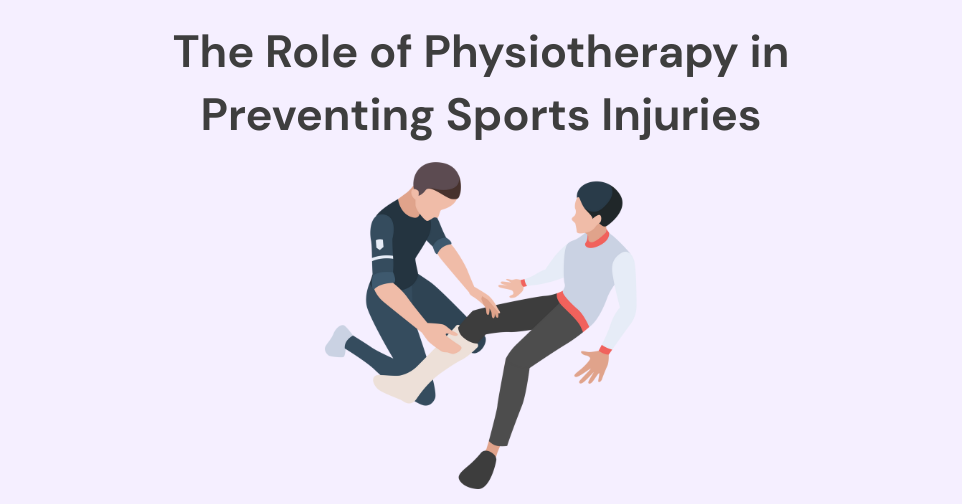Introduction
Sports are a great way to stay healthy, build strength, and boost mental well-being. However, regular physical activity also increases the risk of injuries. Whether you’re a professional athlete or a weekend jogger, preventing injuries is key to staying active in the long run. Fortunately, one of the most effective ways to reduce the risk of sports injuries is through physiotherapy.
Why Sports Injuries Happen
Sports injuries often occur due to factors such as poor technique, muscle imbalances, overuse, or inadequate warm-up. Common injuries include sprains, strains, tendonitis, and joint pain. To address this, preventing these injuries requires more than just rest or protective gear—it demands a proactive and personalized approach.
How Physiotherapy Helps Preventing Sports Injuries
1. Comprehensive Physical Assessment
First of all, physiotherapists assess your body mechanics, posture, muscle strength, flexibility, and joint mobility. Identifying imbalances or weaknesses early allows for a targeted prevention plan before an injury happens.
2. Personalized Exercise Programs
In addition, a tailored exercise program strengthens specific muscles, improves balance, and enhances coordination. These customized routines help reduce the strain on vulnerable areas and promote safer movement patterns.
3. Education and Technique Correction
Moreover, many injuries result from improper form. Physiotherapists provide guidance on correct techniques and posture during physical activities, whether you’re lifting weights, running, or playing a sport.
4. Injury Risk Screening for Athletes
For this reason, physiotherapy includes tools like Functional Movement Screening (FMS) or gait analysis to detect risk factors. This proactive screening helps athletes make necessary adjustments to avoid injuries during training or competition.
5. Flexibility and Mobility Training
Another important aspect is improving flexibility and joint mobility. Tight muscles and stiff joints often lead to injury. Physiotherapists use manual therapy and stretching techniques to improve your mobility, allowing for smoother, injury-free movement.
6. Recovery Optimization
Finally, even after minor injuries, physiotherapists ensure full recovery before returning to sports. This prevents re-injury and promotes long-term joint and muscle health.
Best Practices for Injury Prevention
- Always warm up and cool down properly
- Follow a balanced training program
- Include strength, flexibility, and endurance training
- Don’t forget to rest adequately between workouts
- Additionally, visit a physiotherapist regularly for assessments and maintenance
Who Should See a Physiotherapist?
- Amateur and professional athletes
- Fitness enthusiasts
- Individuals returning to sports after a break or injury
- Anyone with a history of recurring sports injuries
Conclusion
In conclusion, physiotherapy is not just for injury recovery—it’s a powerful tool for injury prevention. With expert guidance, targeted exercises, and regular assessments, physiotherapy helps athletes stay strong, agile, and injury-free. Whether you’re training for a competition or simply staying active, incorporating physiotherapy into your routine can be a game-changer.






